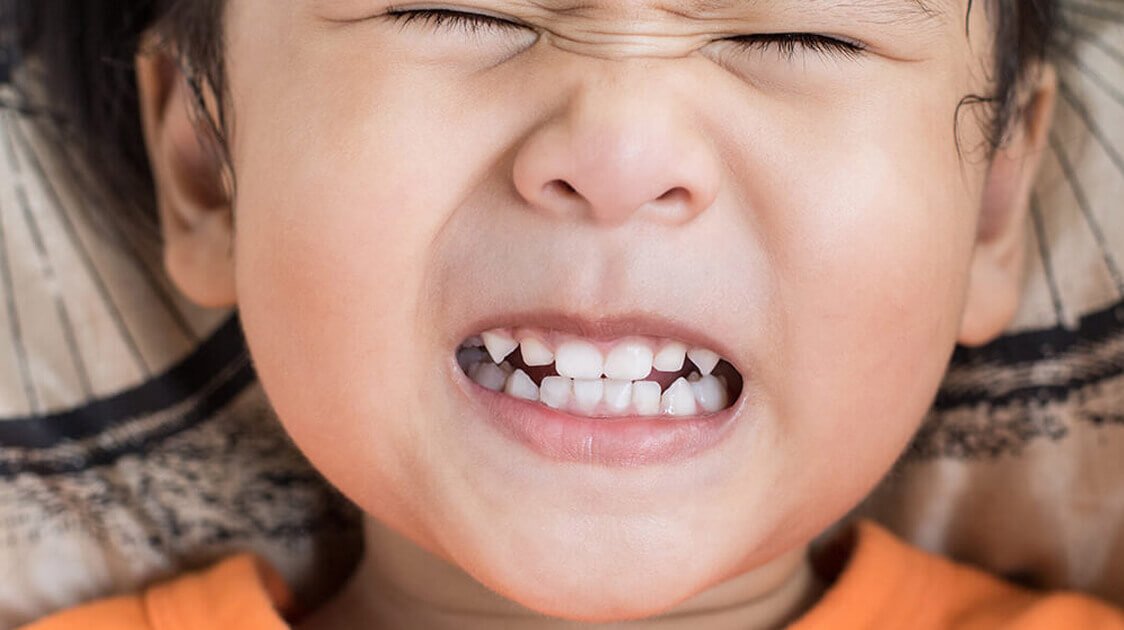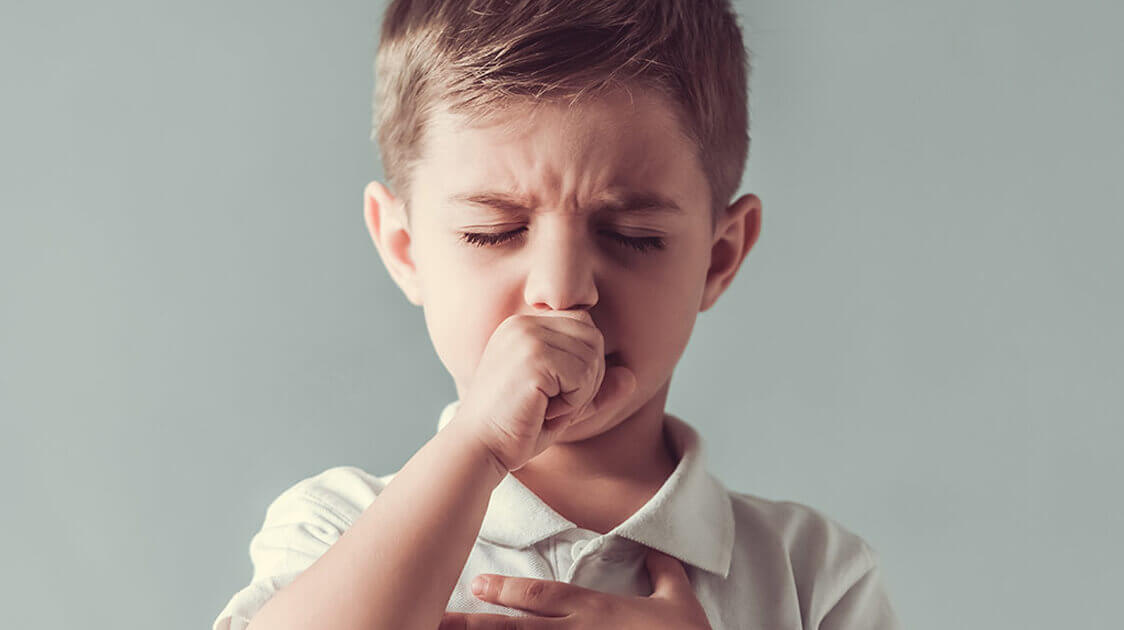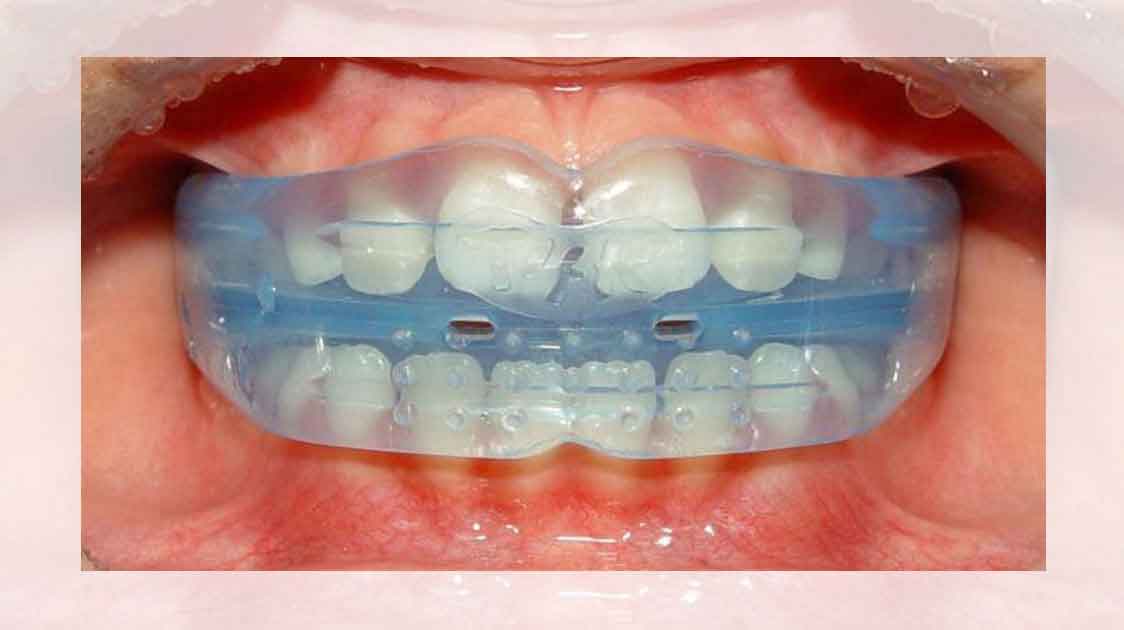Breathe & Sleep Disorders "Relationship between Dentistry, Sleep & Breathing"
Snoring at any age is not normal. Any form of snoring is an obstruction to breathing. Breath is the bridge that connects dentistry to one's overall health. Some children may have compromised airways resulting from poorly developed oral cavities, which often go undiagnosed. This restriction in vital airflow prevents your child from transitioning into the deep stages of sleep. This deep stage of sleep is critical to repair and regeneration of cells, energy, hormone and immune functions and many more.
Sleep Dentistry, focuses on the supporting the correct growth of the oral cavity, which in turn results a healthy airway and sleep quality. This ensures your child develops Emotionally, Mentally, Physically and Behaviourally.
What is mouth breathing?
Mouth Breathing means simply breathing through the mouth keeping their lips open more than 90% of the time through the day or while sleeping. It doesn't necessarily have to be panting. They could be partial or complete mouth breathers.
60% - 70% of children suffer from mouth breathing. 30% of children aged 2-6yrs and 50% of children who are diagnosed with ADHD actually suffer from sleep disorders and most of them don't know it.
Unfortunately there has been a tremendous rise in the number of children suffering from mouth breathing due to sedentary lifestyles like increased bottle feeding, unbound screen time, soft diets and many other reasons. An early identification can benefit to make a child happier and healthier.
Why is mouth breathing bad?
ChildAdult
MOUTH BREATHINGNOISY BREATHINGSNORINGSLEEP APNEAChildAdult
with ADHD, Anxiety, Frequent Tonsils & Adenoids, Obesity
Mouth breathing is one of the most common and early signs of sleep disordered breathing which may eventually progress to sleep apnea. Sleep apnea is characterised cessation of breath which may be due to partial or complete obstruction of the respiratory tract.
Mouth Breathing progresses to noisy breathing which leads to snoring and may finally result as sleep apnea. It’s important to note that not all mouth breathing result in sleep apnea but sleep apnea always begins with mouth breathing.
Symptoms of Disturbed Breathing & Sleep
Observe for restless sleep i.e. tossing in bed
Abnormal sleep positions
Habitual snoring
Noisy breathing
Open mouth posture
Frequent cold, cough and allergies
Deep and narrow upper jaw
Retruded lower jaw
Crowded teeth
Early morning headaches
Day time sleepiness
Lack of attention and concentration
Diagnosed as ADHD
Moody or bullying behavior
Hyperactivity
Irritability
Bedwetting
Childhood obesity
Delayed growth & or doesn’t match the ideal height and weight for the age
Is your child habitually mouth breathing?
Mouth breathing can present in an array of symptom which only get more severe with age hence it is best to identify and correct it as early as possible.
Leaving Breathing & Sleep Disorders Unfixed Causes
A poor quality of sleep affects the normal growth and development of the child. It results in lack of oxygen delivery to the brain which affects the child physically, mentally and socially leading to a poor quality of life. The child can be moody, can have behavior and learning issues, may exhibit bullying behaviors in school, ADHD like symptoms, bedwetting, stunted or delayed growth, insulin resistance and obesity. Chances of acquiring a sleep apnea are also high which put you at a high risk in adulthood to get cardiac hypertension, diabetes, thyroid and other disorders.
Our Comprehensive Treatment Approach
A collective and multidisciplinary holistic expertise will be the key to address conditions related to Sleep Disordered Breathing and overall wellness. Oral Myofunctional Therapy, Airway Orthodontics, Breath Retraining, Habit Correction and Correction of Tongue Function & Mobility can help to achieve nasal breathing, improve the position and function of tongue, expand the upper jaw and advance the lower jaw which helps to open up the airway.
Our Anxiety Free Pediatric Services Also Include:
Blogs

















